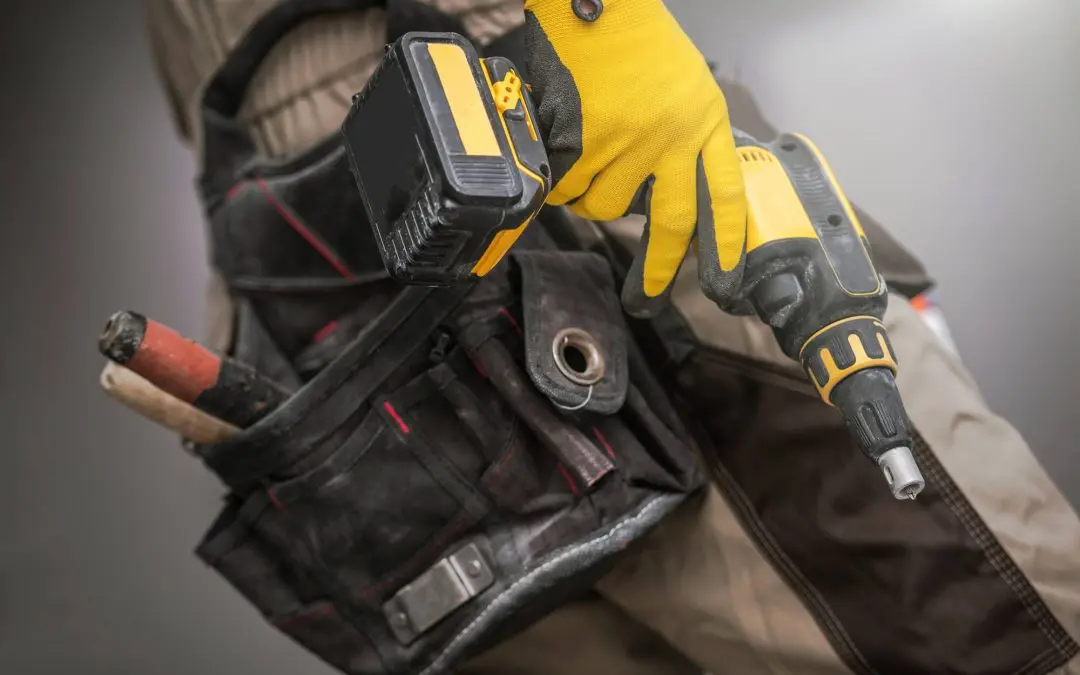Power tools are indispensable for anyone engaged in do-it-yourself projects or professional construction work. From drills to saws, these tools make tasks faster and more efficient. However, without proper precautions, they can pose serious hazards. Understanding and adhering to safety protocols is paramount to prevent accidents and injuries. Here are some essential power tool safety tips to keep in mind.
1. Part of Power Tool Safety is Knowing Your Tools
Familiarize yourself with the operation of each tool before use. Read the manufacturer’s instructions, including safety guidelines and recommended usage. Understanding how the tool functions will help you work more efficiently and safely.
2. Wear Personal Protective Equipment (PPE)
Always wear appropriate personal protective equipment, including safety goggles, ear protection, gloves, and, when necessary, a respirator. PPE helps safeguard against flying debris, loud noises, and harmful dust or fumes.
3. Inspect Tools Before Use
Before powering up any tool, inspect it for any signs of damage, such as frayed cords, loose parts, or cracked casings. Never use a tool that appears to be defective or in need of repair. Regular maintenance and inspection are crucial for safe operation.
4. Ensure a Stable Work Area
Work in a clean, well-lit area with ample space to maneuver. Ensure that the work surface is stable and free from clutter. Secure materials properly to prevent them from shifting or falling during operation. Always work on a flat, level surface whenever possible.
5. Use Tools for Their Intended Purpose
Avoid using tools for tasks they were not designed for. Each tool is engineered for specific functions, and misusing them can result in accidents or damage to the tool. When in doubt, consult the user manual or seek guidance from knowledgeable professionals.
6. Power Tool Safety Requires You to Maintain Focus and Stay Alert
Avoid distractions and focus on the task at hand when operating power tools. Never use tools while under the influence of drugs, alcohol, or medications that may impair judgment or coordination. Stay alert to your surroundings and potential hazards.
7. Keep Hands and Clothing Clear
Keep hands, loose clothing, and jewelry away from moving parts while the tool is in operation. Tie back long hair and avoid wearing loose-fitting clothing that could get caught in the machinery. Use clamps or a vise to secure materials instead of holding them by hand whenever possible.
8. Disconnect Power Sources When Not in Use
When taking breaks or changing tool accessories, disconnect the power source, such as unplugging cords or removing batteries. This prevents accidental startups and reduces the risk of injury during maintenance or adjustments.
9. Use Proper Extension Cords for Power Tool Safety
When using extension cords, ensure they are rated for the tool’s power requirements and are in good condition. Avoid daisy-chaining multiple cords together, which can lead to overheating and electrical hazards. Keep cords away from sharp edges and potential tripping hazards.
10. Store Tools Safely
After use, store power tools in a dry, secure location away from children and unauthorized users. Proper storage helps prevent damage, theft, or accidental activation. Consider using lockable cabinets or tool chests for added security.
Power tools are valuable assets that enhance productivity and efficiency in various projects. However, their power and capabilities come with inherent risks. Individuals can mitigate the risks associated with power tool use by adhering to proper safety protocols, including understanding tool operation, wearing appropriate PPE, maintaining focus, and storing tools securely. Safety should always be the top priority in any project or workplace environment.
Frequently Asked Questions for Power Tool Use
Can power tools be used in wet or damp conditions?
Using power tools in wet or damp conditions is generally unsafe due to the risk of electrical shock. However, if working in such conditions is unavoidable, use tools specifically designed for wet environments and ensure they are equipped with appropriate safety features.
How do I maintain and prolong the lifespan of my power tools?
Perform routine maintenance tasks such as cleaning, lubricating moving parts, and checking for loose or damaged components. Store tools in a clean, dry environment, and follow the manufacturer’s guidelines for storage and maintenance.
What precautions should I take when using corded power tools?
When using corded tools, be mindful of the power cord’s placement to avoid tripping or accidental cutting. Use grounded outlets and inspect cords regularly for any signs of damage or fraying, and never yank the cord to disconnect the tool.
What are the main types of power tools available?
Power tools encompass a wide range of devices, including drills, saws, sanders, grinders, routers, and nail guns, among others. Each type serves specific purposes in tasks ranging from woodworking to construction and metalworking.
What are the key safety tips for using cordless power tools?
Regularly inspect batteries for damage or leaks, and charge them only with the manufacturer’s recommended charger. Store batteries in a cool, dry place away from direct sunlight and extreme temperatures to prolong their lifespan.
Robertson Home Inspection provides inspection services in the Piedmont Triad area of North Carolina. If you’re buying or selling a home, contact us to request an appointment.

